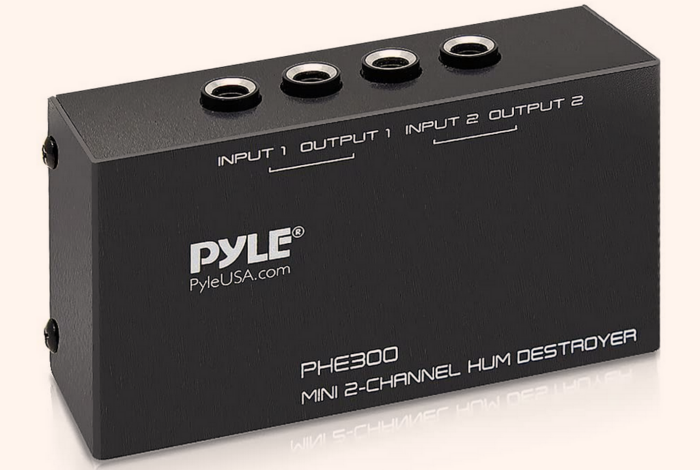Greg Ferguson
Legend!
Is your computer one of the "pretty" ones with clear panels so the internal components and blinking lights are visible? The clear sides let the EMI leak out, causing noise that pickups and wiring sense.I know it's my computer causing the issue and I am not sure what to do about it. I guess build a farady cage around it?
I suspect the 27" iMac display in front of me does the same, but I've never seen the back of the display inside the chassis, and I'm in a historical house with wiring from the late '30s, so who knows what the true source is.


